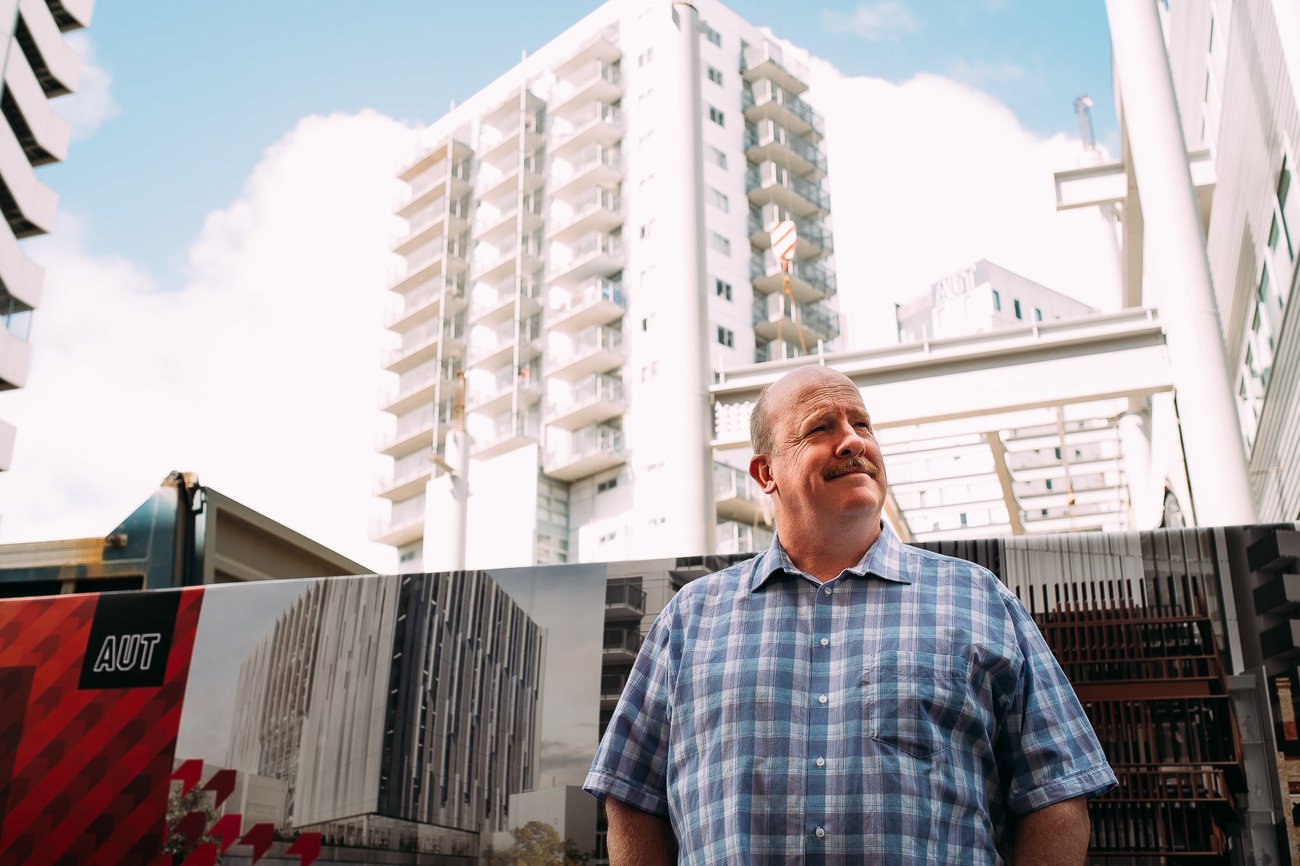
Engineering is ubiquitous. It is everywhere. We live in a world of engineering and we are totally reliant on it. The more technically marvellous our achievements, the more the public expects of engineers. Cars start the first time. Planes fly for 18 hours, carrying hundreds of people with clockwork precision. Mobile phones take photos, receive text, have GPS, connect to the internet – they even make phone calls.
When buildings fall down or fail it fundamentally shocks us as a society. We see and interact with buildings every day. They are massive, secure and totally reliable. Then suddenly they fail.
Psychologically it is deeply disturbing, much akin to the loss of family. The structural failure of modern buildings, built with modern structural systems and to modern earthquake design codes is horrifying to many. Given that engineers routinely over design structural solutions to a safety factor of between 1.5 and 2.5 times the “worst case” loading. Thus it instantaneously puts into question the viability of so much of our infrastructure.
Not unreasonably, the general public and engineers want answers and want them quickly. When the dust settles in Wellington and surrounds, investigations will be thorough and exhaustive. In common with any engineering disaster – or near-disaster – of this type, the suspects are always the same. It will come down to either design failure, materials failure, construction process failure or flawed engineering assumptions – very often a combination of these features.
This last feature – flawed assumptions – is instructive. In truth, engineering assumptions are our Achilles Heel as engineers. Lines have to be drawn somewhere. We can’t design for everything before it becomes prohibitively expensive. The designers of the Titanic assumed flooding of four compartments was worst case – the iceberg breached five. The case-study of the Citigroup Centre in New York in the late 1970s is similarly disturbing – and worth reading. Engineers designed the building to cope with wind acting perpendicular to the structure as per building design regulations. But details of the design meant that the building was vulnerable to hurricane force winds acting at oblique angles. Quite literally the building could have been blown over with mass casualties. Rectification took several months of work and was kept from the public for nearly 20 years. I could go on and on.
In the final analysis, ahead of the findings of any future inquiries on this catastrophic event, huge lessons will be learned. Professional engineers will stop and rigorously evaluate what went wrong. Design codes will be reassessed and redefined. Existing buildings will be assessed in the light of the findings. Rectification works will be undertaken on affected buildings. Current engineers will be retrospectively upskilled to reflect the findings. Engineering education will be amended to reflect the new knowledge – making engineers of the future that much more knowledgeable.
The damage is still fresh and the wounds are still raw. Perversely, the outcomes of these events in the future is a better, safer, more sustainable built environment.




